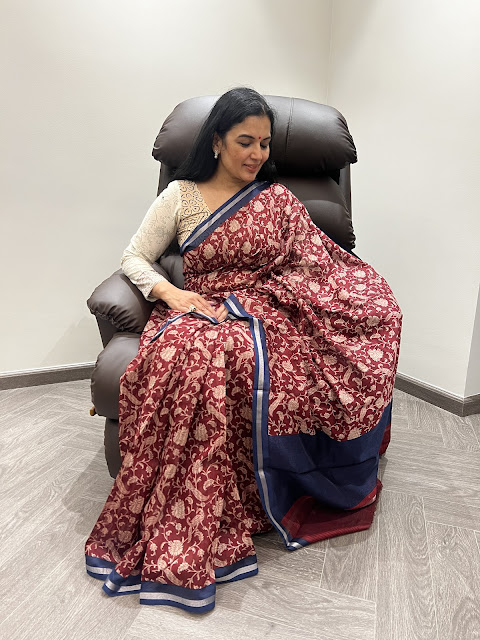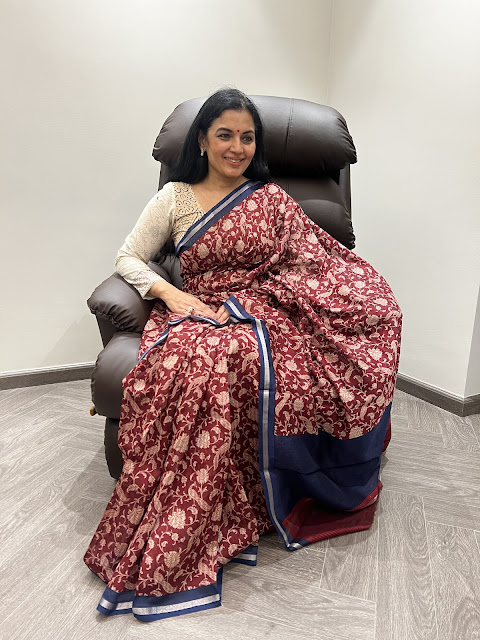The saree, a garment that has adorned women for centuries, is more than just a piece of clothing. It is a symbol of cultural heritage, a testament to the rich history and diversity of the regions where it is worn. Originating from the Indian subcontinent, the saree has evolved over time, yet remains a beloved and integral part of traditional attire.
The history of the saree dates back to the Indus Valley Civilization, around 2800-1800 BCE. Ancient sculptures and paintings from this period depict women wearing a draped garment, which is believed to be the precursor to the modern saree. Over the centuries, the saree has seen numerous transformations in terms of fabric, style, and draping techniques, each region adding its unique touch to this versatile garment.
One of the most fascinating aspects of the saree is its versatility. It is a single piece of cloth, typically ranging from five to nine yards in length, yet it can be draped in various ways to create different looks. Each region in India has its own traditional draping style, reflecting the local culture and customs. For instance, the Nivi style, popular in Andhra Pradesh, is perhaps the most recognized drape today. The Bengali and Odiya styles are distinct for their simplicity and grace, while the Maharashtrian drape, with its dhoti-like appearance, is both practical and unique.
The choice of fabric plays a crucial role in the appeal of a saree. From the luxurious silk sarees of Kanchipuram, known for their vibrant colors and intricate gold zari work, to the comfortable and elegant cotton sarees of Bengal, each type of fabric brings its own charm. Silk sarees are often reserved for special occasions and celebrations, symbolizing prosperity and festivity. On the other hand, cotton sarees are preferred for daily wear, especially in the hot and humid climate of India, due to their breathability and comfort.
The saree is not just a piece of cloth; it is a canvas for artistic expression. Handloom sarees, crafted with painstaking precision by skilled weavers, are highly prized for their craftsmanship and uniqueness. Each handloom saree tells a story, often passed down through generations of artisans. The designs and motifs woven into these sarees are inspired by nature, mythology, and daily life, reflecting the rich cultural tapestry of India.
Wearing a saree is an art in itself. It requires practice and skill to drape it correctly, ensuring that it stays in place and looks flattering. This process of draping a saree is often seen as a rite of passage for young girls in India, taught by mothers and grandmothers who pass down their knowledge and tips. Despite the emergence of modern fashion trends, the saree remains a staple in many Indian households, cherished for its timeless appeal and cultural significance.
The saree is more than just attire; it is a symbol of identity and pride. It connects the past with the present, weaving together stories of tradition, craftsmanship, and cultural pride. Whether worn for a festive celebration, a formal event, or a casual outing, the saree continues to captivate with its enduring charm and versatility. As it adapts to contemporary fashion while maintaining its traditional roots, the saree stands as a testament to the rich and diverse heritage of the Indian subcontinent.
Your queries are best answered through WhatsApp
We post our products first to our privè broadcast list on WhatsApp. The inside circle gets preview to our exclusive collection with prices. MESSAGE US TO BE ADDED
#pashminasilk #silk





No comments:
Post a Comment